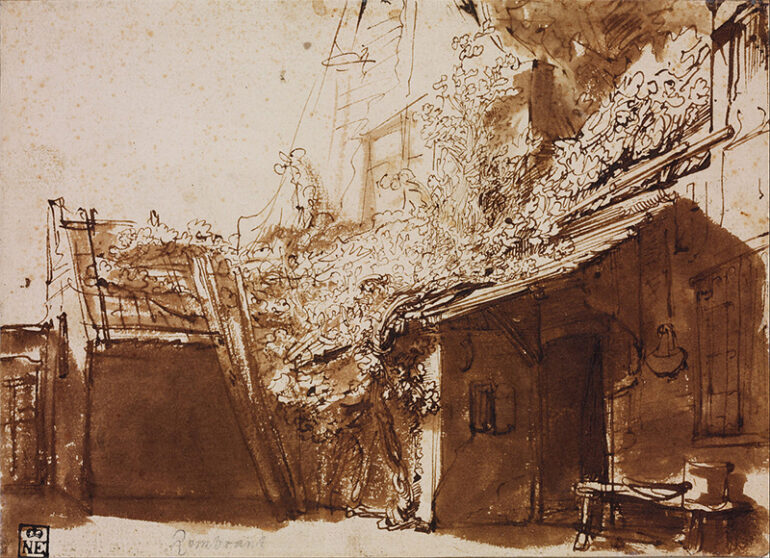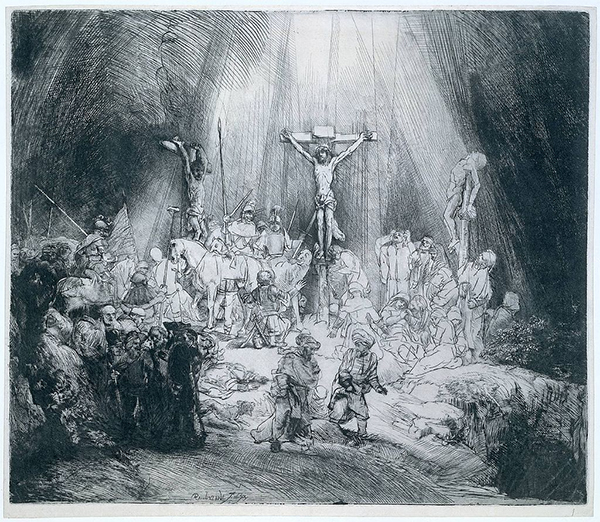Beyond question, the work of Rembrandt van Rijn will forever serve as a beacon for the world of art. His use of chiaroscuro had resulted in unparalleled innovations in Baroque art, emotionally moving viewers by expressive portraits of people and meaningful biblical stories. In between intricate strokes and powerful tonal contrasts, Rembrandt breathed life into the subject and, alongside it, wove vibrant symbolism, still so appealing and inspiring to artists one generation after another.
The Life and Work of Rembrandt
He is known for being Rembrandt van Rijn, whose work was a masterpiece of light play and shadow play. Rembrandt was born in 1606 in Leiden and applied this innovative chiaroscuro technique to Baroque art. This masterful use of light and dark is the reason for his deep and poignant portraits and biblical scenes, which transcend time and offer viewers a profound insight into the human condition. Each brushstroke and contrast in his work meticulously reveals the intricate layers of human emotion, making his art a mirror to the soul. One can look at the artist’s skills and obtain an in-depth feel of human emotion, experiencing the silent narratives and the intense psychological depth captured on his canvases. Rembrandt’s ability to portray the subtleties of human experience continues to evoke empathy and awe, drawing the viewer into a timeless dialogue with the essence of being human.
Techniques for Capturing Light
Rembrandt, being the great master of the Baroque, had different techniques to capture light. His great tonal contrasts and rich brushworks brought masterpieces full of luminosity and brightness that infused life in his figures on the canvas. In skillfully playing with the light and shade, he brings an ebb and flow on the canvas, enhancing the depth and luminance of his work, hence further showing his supreme skill of calling forth emotions and lifelikeness in his work.
Symbolism in Rembrandt’s Use of Light
There is an abundance of such symbolism in most of Rembrandt’s work, primarily speaking of the chiaroscuro he employed on a deeper level. The interplay of light and darkness, which characterizes most of Rembrandt’s works, would typically be seen representing the outcome of the eternal struggle between good and evil, virtue and vice. Remarkably, Rembrandt managed to light his subjects and narrate stories, at the same time, showing the viewer the moral lessons and the complexity of the human nature that these elements are at war with each other.
Influence on Baroque Art and Beyond
Rembrandt’s influence and importance went far beyond his turn of the 17th century, fueling the underpinnings of Baroque art and benefiting coming generations of artists. His revolutionary approach to light and shadow, coupled with the dramatic narratives in his stories, brought forth an entirely new school of artists waiting to explore human feeling and emotion and the play of light within their works. His techniques have continued to echo in the art world as a source of timeless inspiration and admiration for artists.
Rembrandt’s peerless mastery of light and shadow, coupled with his great insight into human feelings, has placed him in the echelon among the great lights of the Baroque period. This great influence within the art world, in continuation, inspires artists to delve deep into human nature’s complexities and the timelessness of the play of light within their works.
Photo Attribution:
1st & featured image by https://commons.wikimedia.org/wiki/Rembrandt#/media/File:Rembrandt_Harmensz._van_Rijn_-_Dutch_Farmhouse_in_Light_and_Shadow_-_Google_Art_Project.jpg
2nd image by https://commons.wikimedia.org/wiki/Rembrandt#/media/File:Rembrandt_The_Three_Crosses_1653.jpg

